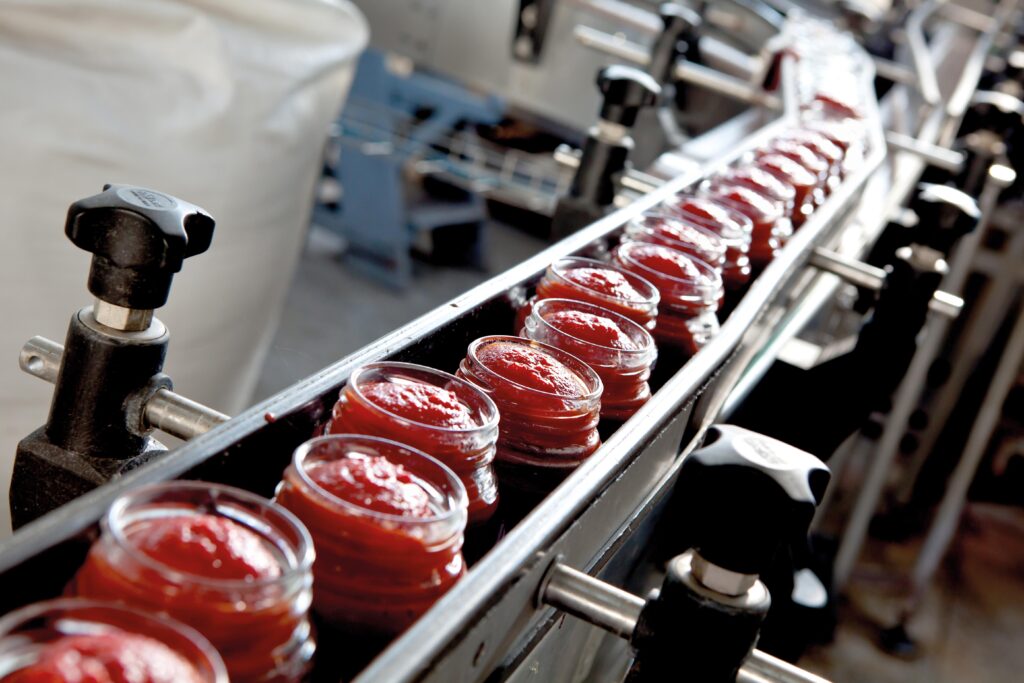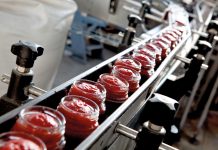 Use of the electronic nose to detect adulteration in tomato concentrate.
Use of the electronic nose to detect adulteration in tomato concentrate.
Food adulteration is a phenomenon that can have several consequences for the health of consumers. In this context, a recent study, carried out by a team of Iranian researchers (Sadriyan et al., 2022), aimed to evaluate the performance of an electronic nose, equipped with 10 gas sensors, for assessing the adulteration in samples of tomato concentrates at different levels (0, 0.05 and 0.1 %) of sodium benzoate and potassium sorbate.
The effect of these preservatives on some physical-chemical properties of tomato paste, such as pH, total soluble solid (TSS), precipitate weight ratio, and acidity, was also investigated. The results indicate that both preservatives significantly affect the physical-chemical properties of the concentrate. The data collected with the electronic nose were processed with statistical tools.
This showed that both the LDA (linear discriminant analysis) and SVM (support vector machine) methods can accurately classify samples according to the concentration of sodium benzoate and potassium sorbate. In particular, the LDA method offers a 100% accuracy. Finally, it was possible to identify the 3 most sensitive gas sensors in the system, which is critical information for its optimization. In summary, the results of this study show that the developed tool is not only reliable in detecting adulteration in tomato derivatives, but also rapid and non-destructive for this purpose.
Use of gas chromatography in combination with asymmetric flow field-flow fractionation for the traceability of tomato sauce.
Despite defined standards regulating the production of tomato derivatives, the market suffers from fraud such as product adulteration, origin mislabelling and counterfeiting. In this context, the aim of a recent study, carried out by a group of Italian researchers (Zappi et al., 2022), was to develop a faster, cheaper, and greener analytical procedure for the analysis of these phenomena in tomato sauce.
In particular, the procedure involves the analysis of volatile organic compounds (VOCs) by means of gas chromatography couples to flame ionisation (GC-FID) and to ion mobility spectrometry (GC-IMS). In addition, the colloidal fraction was analysed by asymmetric flow field-fractionation (AF4). According to the results, the GC and AF4 data showed promising for the characterization and classification of the product, and offered complementary information.
In particular, the AF4 method has been shown to detect small changes in the food matrix, providing meaningful information on critical product parameters such as its shelf-life. Finally, the authors point out that the proposed method is suitable for analysis in saline conditions, with easy pre-treatment (or no pre-treatment) and no chemical waste: a huge environmental advantage with respect to other traditional methods.
References: Sadriyan et al., Research Square, 2022; Zappi et al., Molecules, 27, 2022, 1-19.



